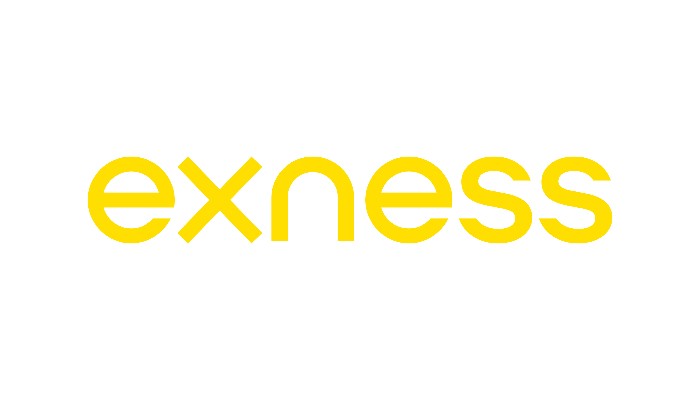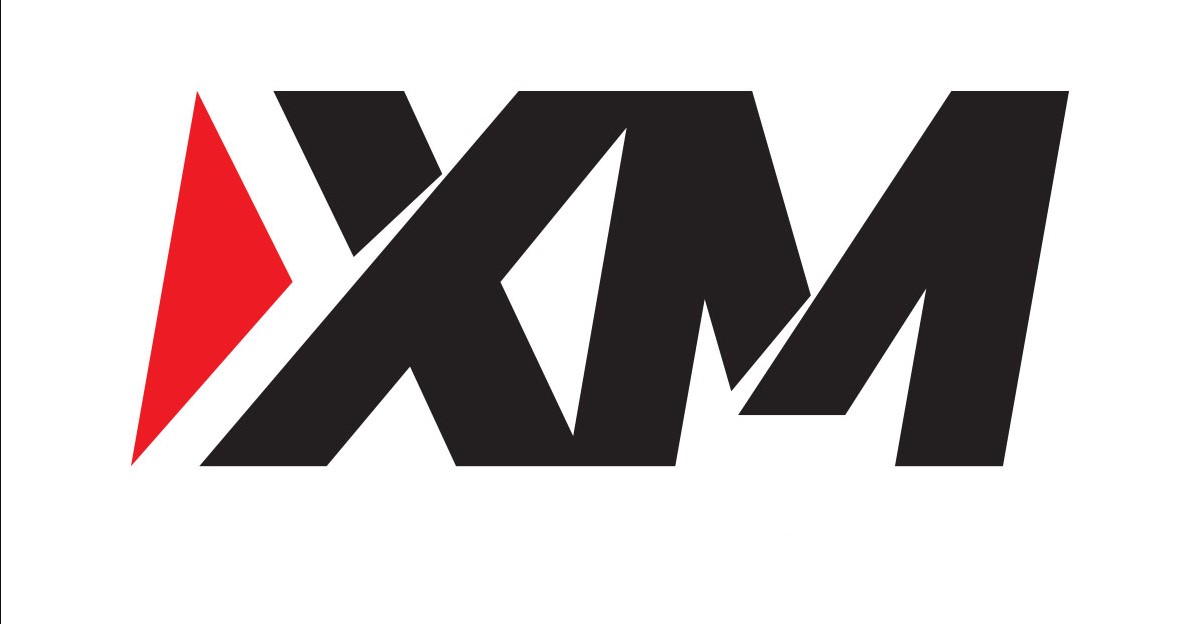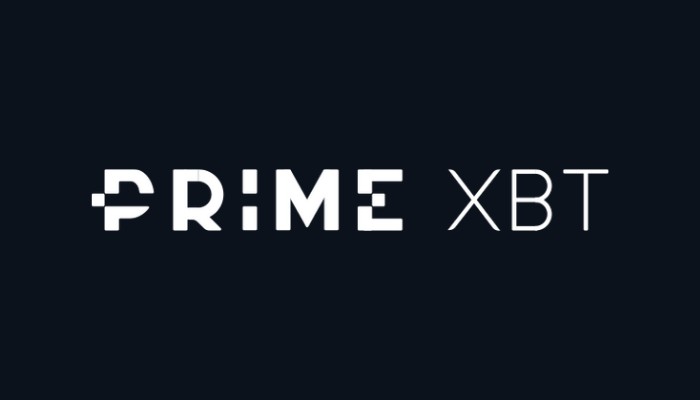The Bitcoin halving countdown has captured the attention of the cryptocurrency community, signaling a forthcoming change set to unfold around mid-April 2024. This scheduled event occurs roughly every four years and has profound implications for Bitcoin's scarcity, market dynamics, and investor strategies.
With a fixed supply cap of 21 million coins, each halving systematically reduces mining rewards, shaping Bitcoin's evolution and triggering historical market rallies. As enthusiasts eagerly await the next milestone at block height 840,000, understanding the significance of Bitcoin halving and its potential impact becomes crucial for informed investment decisions in the ever-evolving cryptocurrency landscape.



What Is Bitcoin Halving?
Bitcoin halving is a scheduled event every four years in the Bitcoin network. This event cuts the rewards miners receive in half, reducing the creation of new Bitcoins per block. Initially, miners got 50 BTC per block, but it's now 6.25 BTC after three halvings.
The purpose is to control Bitcoin's supply and prevent inflation. Reducing mining rewards is expected to boost demand, potentially increasing Bitcoin's value. Bitcoin halving, occurring approximately every 210,000 blocks, is crucial for ensuring the long-term viability and scarcity of Bitcoin. The latest halving occurred in May 2020, reducing the reward from 12.5 to 6.25 BTC per block.
Our Brokers Recommendations for Bitcoin Trading
Significance of Bitcoin Halving in the Cryptocurrency World
Bitcoin halving occurs approximately every four years and is significant in the cryptocurrency world. This event reduces the rewards granted to miners and has multifaceted implications for Bitcoin and the broader crypto market.
Scarcity
Bitcoin halving is pivotal in shaping the cryptocurrency's scarcity. By slowing the rate of new supply, it mirrors the scarcity characteristics exhibited by precious metals such as gold.
Inflation Control
In contrast to fiat currencies, which can be printed at will, Bitcoin operates under a fixed supply cap of 21 million coins. The halving process ensures a predictable issuance, positioning Bitcoin as a deflationary asset.
Market Sentiment
Halving events evoke anticipation within the cryptocurrency community and often spark bullish market trends. Investors and traders keenly observe these occurrences, anticipating potential price surges.
Miner Economics
Miners play a crucial role in upholding the integrity of the Bitcoin network. Halving directly impacts their profitability, as they receive diminished rewards. Consequently, some miners may exit the market, influencing hash rate dynamics and network security.
Historical Price Trends
Historical data reveals that past halving events have been linked to substantial price upswings. The narrative of scarcity associated with halving tends to attract increased investor interest, thereby driving up demand for Bitcoin.
The Next Bitcoin Halving Countdown
The next Bitcoin halving is anticipated to occur around mid-April 2024, specifically at a block height of 840,000. Miners will receive 3.125 BTC per block following the halving, marking a reduction in mining rewards. This impending event has garnered significant attention from traders and enthusiasts, eagerly awaiting its potential impact on the market.
Impact on Supply Scarcity
The forthcoming halving is poised to enhance Bitcoin's scarcity further, potentially laying the groundwork for a new bullish market sentiment. Bitcoin's intrinsic halving mechanism sets it apart by offering predictable control over supply issuance, a feature other cryptocurrencies have not replicated with the same success.
Role in Bitcoin's Evolution
Bitcoin's halvings serve as significant milestones that bridge different generations of users within the community. Those who experienced the first halving in 2012 have witnessed the growth and evolution of the Bitcoin ecosystem, while newer participants look to past halvings for insights into Bitcoin's historical roots. These events act as reminders of the progress made and the journey that lies ahead for the Bitcoin community.
Satoshi's Vision
While critics have questioned the necessity of halvings and proposed alternative supply issuance models, the gradual, rule-based approach to issuance has been a deliberate and strategic choice. Satoshi Nakamoto's recognition of the importance of this method in fostering adoption and fairness has been instrumental in shaping Bitcoin's trajectory, making halvings integral to its current standing in the cryptocurrency landscape.
Our Brokers Recommendations for Bitcoin Trading
Impact of Helving on Supply
Reduced Supply: Halving directly affects the inflow of new Bitcoins into circulation. After each halving, the rate of new issuance is halved, making it scarcer over time.
Scheduled Reduction: Bitcoin’s protocol enforces a fixed schedule for halvings, occurring approximately every 210,000 blocks (roughly every four years).
Historical Context of Bitcoin Halving
Bitcoin halving events have a rich historical context encompassing market reactions, long-term perspectives, and the impact on network security.
Market Reactions
Notable price rallies have marked previous halving events as investors anticipate scarcity and consequently drive up the price of Bitcoin.
Long-Term Perspective
While short-term price fluctuations are common, the enduring impact of halving is more significant, bolstering Bitcoin's narrative as a store of value over time.
Network Security
Despite reduced rewards, miners persist in securing the network, shifting their focus from new coins to transaction fees as incentives.
First Halving (2012)
- Occurred at block height 210,000.
- The block reward was reduced from 50 BTC to 25 BTC.
- Bitcoin's price surged significantly following this event.
Second Halving (2016)
- Occurred at block height 420,000.
- The block reward was reduced from 25 BTC to 12.5 BTC.
- Another substantial price rally ensued.
Third Halving (2020)
- Occurred at block height 630,000.
- The block reward was reduced from 12.5 BTC to 6.25 BTC.
- Bitcoin's price sustained its upward momentum post-halving.
The Halving Process Explained
The halving process, also known as "halvening," is a fundamental aspect of Bitcoin's design and serves as a mechanism to control the issuance of new bitcoins. This process occurs approximately every four years and involves reducing the reward granted to miners for validating transactions on the blockchain. Here's a simplified explanation of the halving process:
Regular Interval: The halving occurs at predetermined block intervals, specifically every 210,000 blocks, which roughly translates to four years based on the average block time of 10 minutes.
Reward Reduction: With each halving event, the number of new bitcoins created and awarded to miners for adding a new block to the blockchain is cut in half. This reduction in the block reward directly impacts the rate at which new bitcoins are introduced into circulation.
Scarcity and Supply Control: The halving process contributes to Bitcoin's scarcity, aligning with its overall monetary policy, which dictates a maximum supply of 21 million bitcoins. The halving reinforces the deflationary nature of digital assets by periodically reducing the rate of new issuance.
Market Impact: Historically, halving events have been associated with heightened market interest and upward price movements as investors anticipate the implications of reduced supply issuance on Bitcoin's overall value.
Miner Incentives: Despite the reduced block rewards, miners are incentivized to continue securing the network through transaction fees, which become increasingly important as a source of revenue for their operations.
Overall, the halving process plays a pivotal role in shaping Bitcoin's economic model, emphasizing scarcity, and influencing market dynamics while underpinning the resilience and security of the network.
The Last Bitcoin Halving (Third Halving)
Date
The last Bitcoin halving took place on May 11, 2020.
Block Number
It occurred at block number 630,000.
Block Reward
After this halving, miners received 6.25 BTC per block.
As we approach the next halving, the crypto community eagerly awaits its impact on the market!
Investors' Strategies on Bitcoin Halving
Bitcoin halving prompts various investor strategies to capitalize on the event's potential market impact. Let's explore some popular approaches:
Buy and Hold (HODL)
This long-term strategy involves acquiring and holding Bitcoin with the expectation of price appreciation. The reduction in supply due to halving may lead to increased demand and higher prices, making this approach attractive to many investors.
Dollar-Cost Averaging (DCA)
DCA entails purchasing a fixed quantity of Bitcoin at regular intervals, regardless of price. By spreading purchases over time, investors can mitigate the impact of short-term volatility while benefiting from Bitcoin's long-term potential.
Short-Term Trades
Some investors seek to capitalize on price fluctuations during the pre-halving rally through active trading. However, this approach requires careful analysis, risk management, and market timing skills.
Indicators and Analysis
Traders often use technical and fundamental indicators, such as Bitcoin dominance, exchange flows, stock-to-flow models, and historical price patterns, to inform their decisions. Analyzing past halving scenarios can offer valuable insights into potential price movements.
Understanding the risks and rewards associated with each strategy is crucial, as it allows investors to align their approach with their risk tolerance, time horizon, and overall financial goals. Whether seasoned or new to the market, staying informed about Bitcoin halving and market developments is essential for making informed investment decisions.
Conclusion
As we approach the next Bitcoin halving, expected around mid-April 2024, it's crucial to recognize its significance in shaping investment strategies. Bitcoin halving is a critical mechanism that balances scarcity, security, and market dynamics. It's not merely a technical event but a pivotal moment in the evolution of digital currency.
With the next halving on the horizon, it is essential to keep a close eye on its potential impact. Understanding the implications of this event can play a vital role in refining investment approaches and capitalizing on market opportunities. Stay informed and consider integrating the upcoming halving into your investment strategy, as it can influence the broader cryptocurrency landscape.








